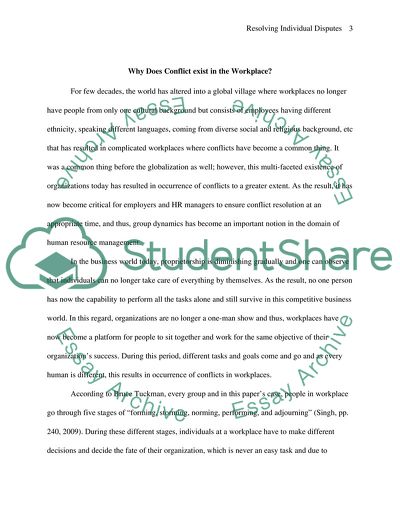Cite this document
(Resolving Individual disputes within the workplace Essay, n.d.)
Resolving Individual disputes within the workplace Essay. https://studentshare.org/human-resources/1817132-resolving-individual-disputes-within-the-workplace
Resolving Individual disputes within the workplace Essay. https://studentshare.org/human-resources/1817132-resolving-individual-disputes-within-the-workplace
(Resolving Individual Disputes Within the Workplace Essay)
Resolving Individual Disputes Within the Workplace Essay. https://studentshare.org/human-resources/1817132-resolving-individual-disputes-within-the-workplace.
Resolving Individual Disputes Within the Workplace Essay. https://studentshare.org/human-resources/1817132-resolving-individual-disputes-within-the-workplace.
“Resolving Individual Disputes Within the Workplace Essay”. https://studentshare.org/human-resources/1817132-resolving-individual-disputes-within-the-workplace.


